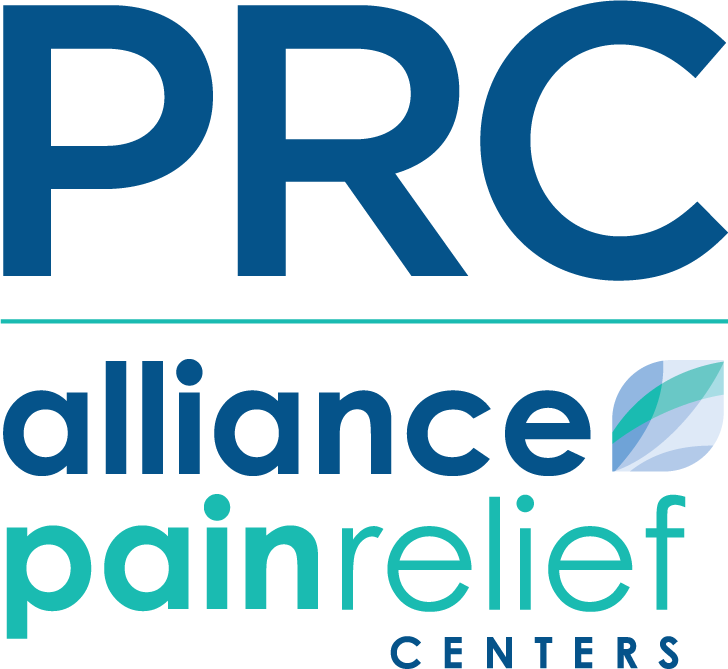What is sciatica and are there treatment options?

Sciatica is not a medical diagnosis, but rather a term to describe the symptoms of an underlying medical condition. Sciatica refers to pain that runs along the path of the sciatic nerve. It is generally characterized by constant pain on one side of the lower body (e.g. legs, buttocks, hips, etc.), burning or tingling in the legs, weakness or numbness in the leg or foot, and/or sharp pains in the legs that make it difficult to stand or walk.
Sciatic pain can be debilitating. The good news is most patients find relief from non-surgical or minimally invasive treatment options. Regardless, serious conditions like pinched nerves or herniated discs can be the cause of sciatica. So, it is best to see a pain management specialist if your sciatica lasts longer than a week, becomes worse, or is so severe it interferes with daily activities. Based on a complete review of your medical history, diagnostic testing, and a physical exam, your pain specialist can recommend a treatment plan.
Treatment options for sciatic pain
The most effective sciatica treatment will decrease your pain and increase your mobility. A combination of therapies and treatment methods can provide relief, including:
Medication therapy. If over-the-counter non-steroidal anti-inflammatory drugs (NSAIDs) like naproxen and ibuprofen aren’t enough to get you through the pain, your pain specialist may prescribe other medications such as muscle relaxants or antidepressants to relieve severe pain and stiffness.
Physical therapy. Your pain specialist may also recommend a customized physical therapy program. The goal of physical therapy is to find movements that work to decrease your sciatica pain by reducing pressure on the affected nerve(s). Exercises may include aerobics, walking, and swimming.
Epidural steroid injections. If you’re feeling little-to-no pain relief from medication and physical therapy, your pain specialist may recommend epidural steroid injections. Epidural steroid injections are incredibly effective in reducing inflammation and pain. They consist of a short-acting local anesthetic to quickly relieve pain and a longer-lasting corticosteroid. Epidural steroid injections are safe and require little to no recovery time. They often provide prompt pain relief, so you can quickly get back on your feet. Depending on the severity of pain, relief can last anywhere from one week to one year.
Nerve blocks. A nerve block is an injection of nerve-numbing medication targeting a certain nerve or group of nerves. This prevents the transfer of sensory information from the affected area to the brain and reduces or eliminates sciatic nerve pain. Nerve blocks provide temporary pain relief. Depending on how a patient responds to the nerve block, the procedure can help determine the source of the pain as well as guide further treatment.
Radiofrequency ablation. Patients who experience successful pain relief with a nerve block may be candidates for a radiofrequency ablation for longer-term pain relief. In this minimally invasive procedure performed under fluoroscopy (live x-ray), heat generated by radio waves targets specific nerves and turns off their ability to send pain signals to the brain.
Spinal cord stimulation. If other options aren’t working, your doctor may recommend spinal cord stimulation. These implantable devices deliver mild electrical pulses to block the transmission of pain.
If you experience chronic low back pain that radiates downward toward your leg, or are wondering about treatment for sciatica, talk with your doctor about a referral to see a board-certified pain management specialist.

